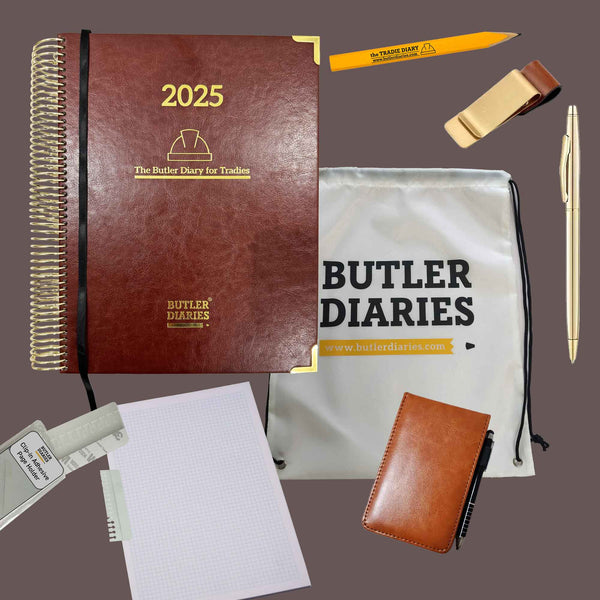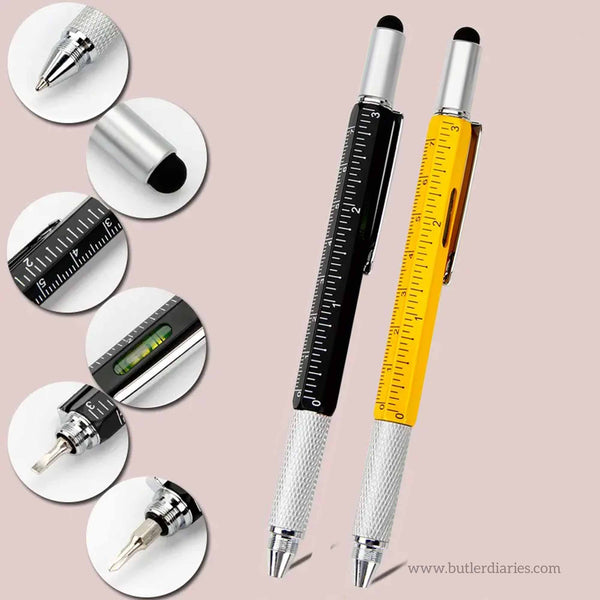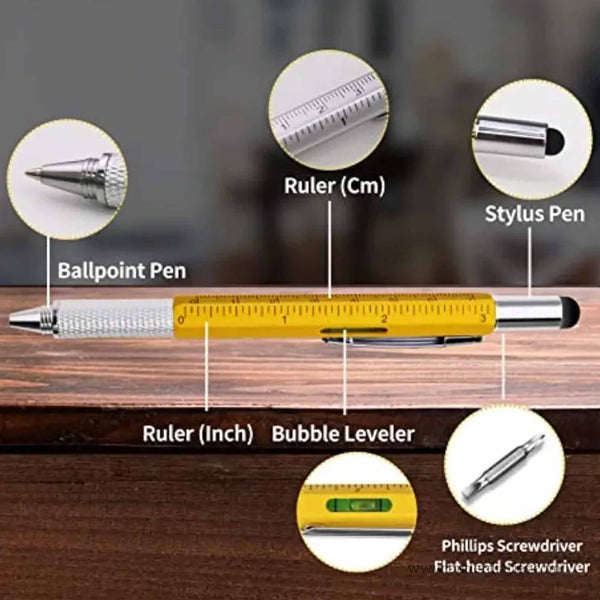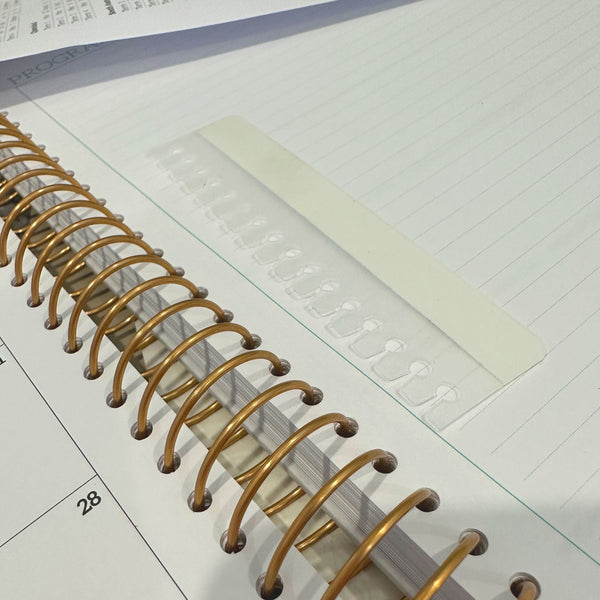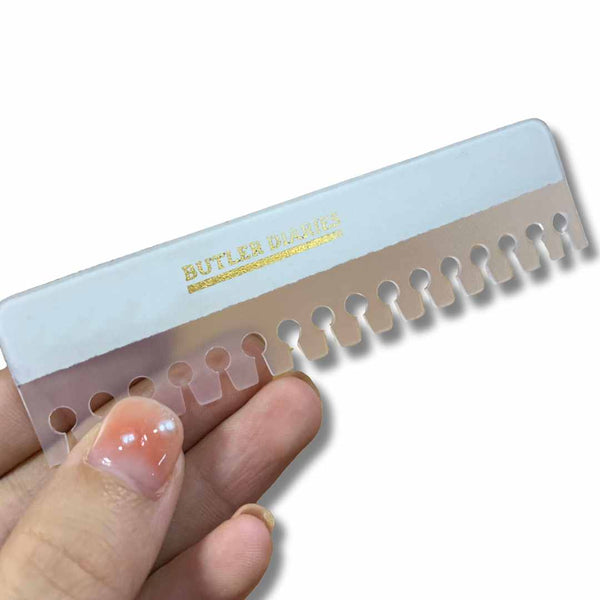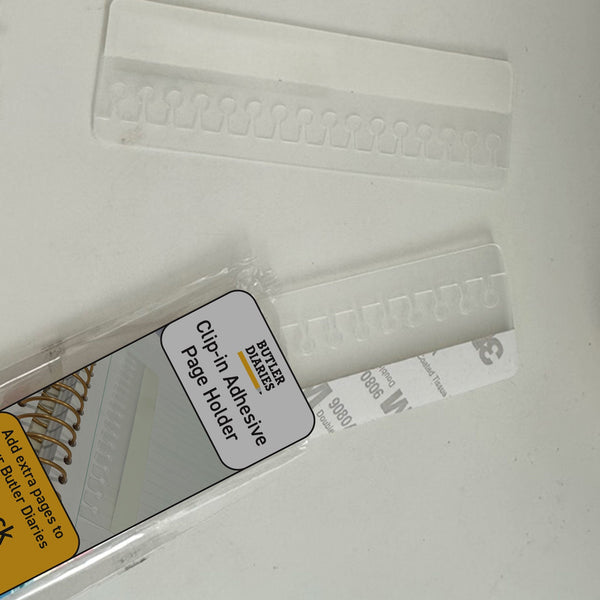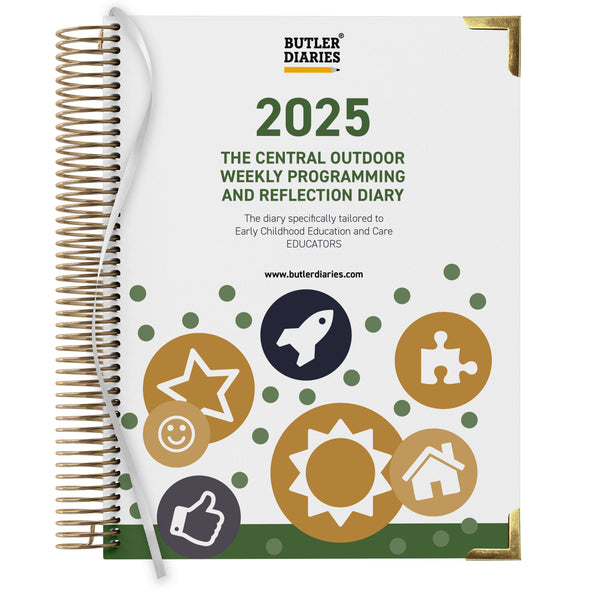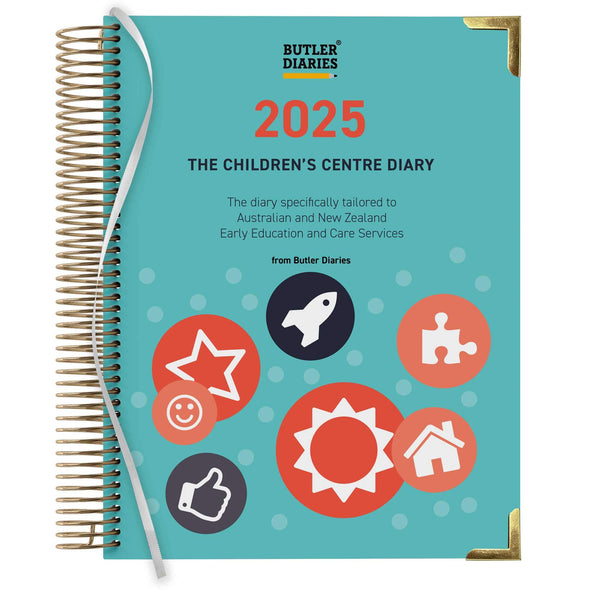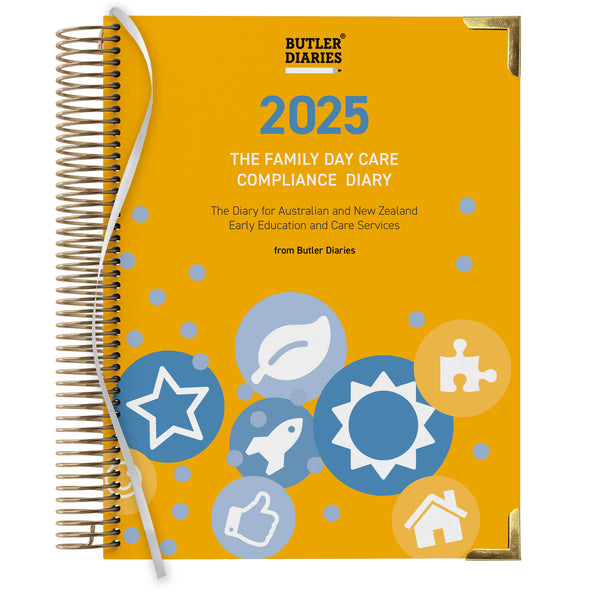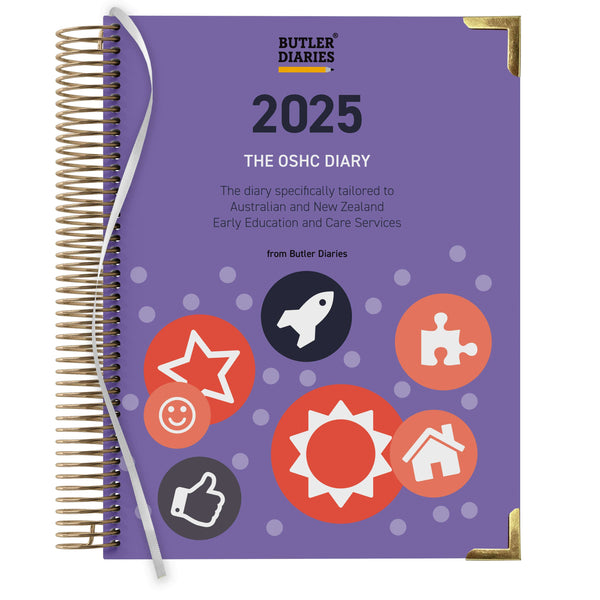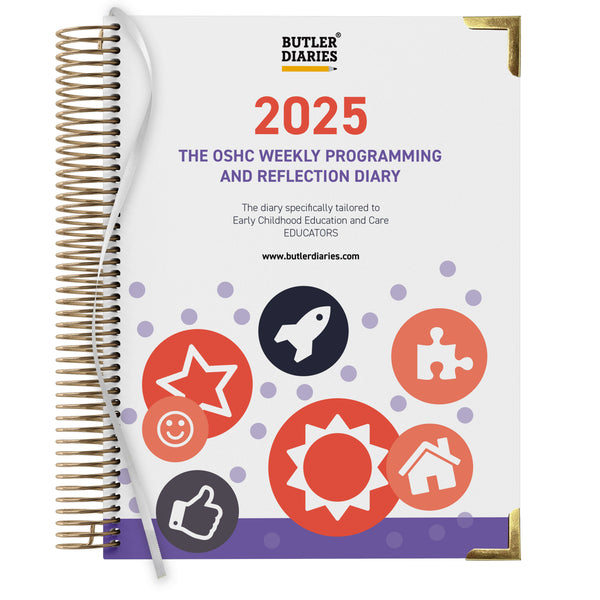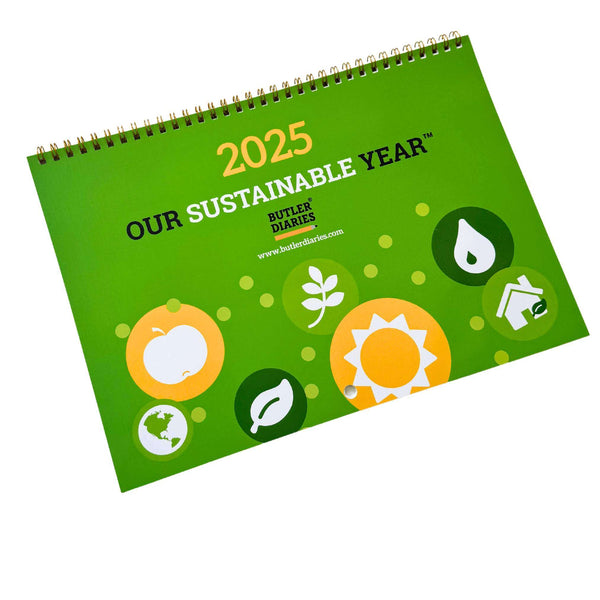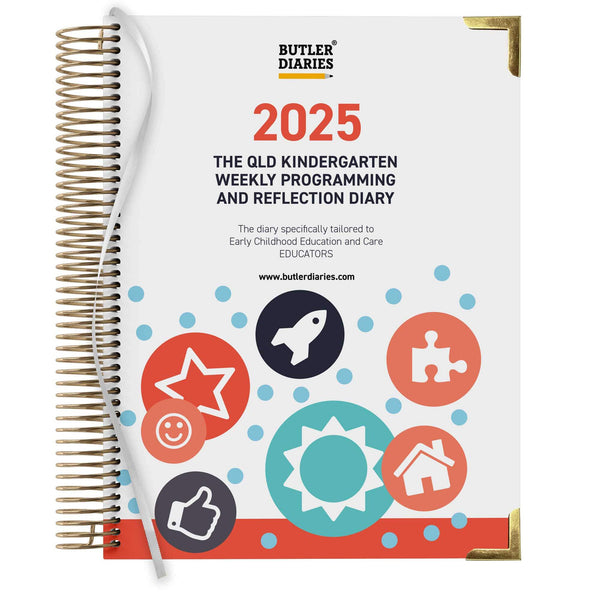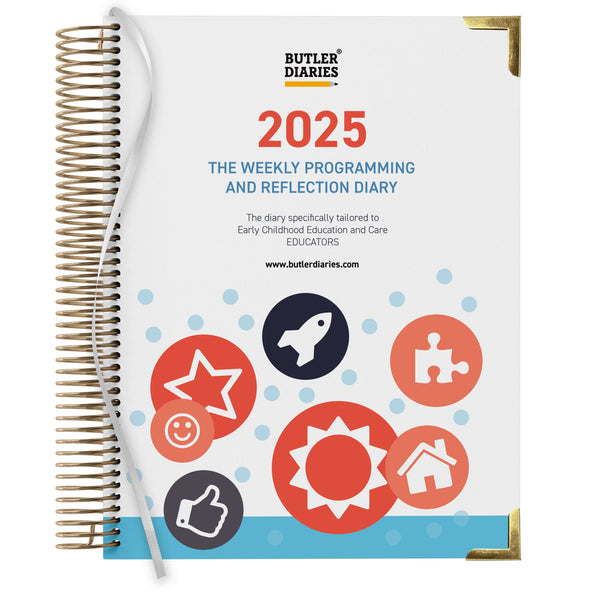Workplace safety isn’t just a good idea—it’s the law. Whether you’re a tradie on a job site, a business owner with employees, or a contractor working solo, WorkSafe regulations exist to keep you, your team, and the public safe.
Failing to follow these regulations doesn’t just put people at risk—it can lead to hefty fines, legal trouble, and even site shutdowns. But let’s be real: WorkSafe laws can sometimes feel like an overwhelming pile of paperwork.
So, let’s break it down into simple, actionable steps to help you stay compliant and stress-free.
What is WorkSafe Australia?
WorkSafe (or Safe Work Australia) is the national body responsible for workplace health and safety (WHS). However, enforcement of WHS laws happens at a state and territory level. That means your WorkSafe authority depends on where you work:
-
SafeWork NSW
-
WorkSafe Victoria
-
Workplace Health and Safety Queensland
-
WorkSafe ACT
-
SafeWork SA
-
WorkSafe WA
-
WorkSafe Tasmania
- NT WorkSafe
Each state has slightly different regulations, so it’s important to check your local requirements.
Key WorkSafe Regulations You Need to Know
Here are the core WorkSafe rules that apply across Australia:
1. You Have a Legal Duty of Care
-
Who does this apply to?
- Business owners/employers
- Self-employed tradies
- Contractors and subcontractors
- Site supervisors
- Business owners/employers
- Whether you’re working solo or running a team, you are responsible for ensuring a safe work environment. This includes:
- Identifying and minimising workplace risks
- Ensuring workers are trained and competent
- Providing the right protective equipment (PPE)
- Keeping workplaces free from hazards
- Identifying and minimising workplace risks
💡 Tip: The easiest way to meet your duty of care? Follow Safe Work Method Statements (SWMS) and risk assessments for every job.
2. Risk Management is Non-Negotiable
Risk assessments are a WorkSafe requirement for high-risk work (e.g., working at heights, using power tools, handling hazardous substances).
- To stay compliant:
- Identify hazards before starting work
- Control risks (e.g., use safety gear, scaffolding, or protective barriers)
- Regularly review and update your safety procedures
- Identify hazards before starting work
💡 Tip: Ask the Team to keep a record of their safe work practices in their Tradie Diaries in the pre-start section so you're sure they are assessing hazards and taking the appropriate action daily.
3. PPE is a Must-Have (Not a Maybe)
Personal Protective Equipment (PPE) isn’t just about looking the part—it’s a legal requirement for many jobs.
-
Eye & face protection – Safety glasses, face shields
-
Hearing protection – Earplugs or earmuffs
-
Respiratory protection – Dust masks or respirators
-
Hand protection – Gloves (cut-resistant, chemical-resistant, etc.)
-
Protective clothing – Hi-vis, fire-resistant gear
-
Foot protection – Steel-capped boots
- Head protection – Hard hats for construction sites
💡 Tip: Employers must provide PPE for workers. If you’re self-employed, it’s up to you to invest in proper gear.
4. Incident Reporting is Mandatory
If an accident or near-miss happens on site, you must report it. Serious incidents (e.g., major injuries, falls, chemical spills) need to be reported to your state’s WorkSafe authority immediately.
-
Keep records of incidents (even minor ones)
-
Investigate what went wrong and how to prevent future risks
- Notify WorkSafe for serious incidents
💡 Tip: Even if an injury seems small, document it—some minor injuries can develop into serious complications later.
5. Licensing and Compliance for High-Risk Work
Certain jobs require special licences under WorkSafe laws. If you or your workers don’t have the proper qualifications, you can be fined or even shut down.
- Forklifts
- Elevated Work Platforms (EWPs)
- Rigging & scaffolding
- Asbestos removal
- Electrical & plumbing work
💡 Tip: If you’re hiring subcontractors, always check their licences before letting them start work.
How to Stay WorkSafe Compliant (Without the Headache)
Now that you know the key rules, here’s how to make WorkSafe compliance easy:
1. Have a Work Health & Safety (WHS) Plan
This is a legal requirement for businesses but also useful for sole traders. It outlines safety procedures, training, and risk management.
2. Use Safe Work Method Statements (SWMS)
For high-risk work, an SWMS is mandatory. It details how you’ll safely complete a job and minimise risks.
3. Train & Educate Your Team
- Make sure workers are:
- Trained in WHS laws
- Using tools and equipment correctly
- Aware of emergency procedures
- Trained in WHS laws
💡 Tip: Regular toolbox talks are a great way to refresh safety knowledge, records of your prestarts can be kept in your Tradie Diaries.
4. Keep Records of Everything
- WorkSafe loves documentation. Keep records of:
- Safety inspections
- Equipment maintenance
- Incidents & near-misses
- Training & certifications
- Safety inspections
💡 Tip: Using a safety management system can help you keep track of everything in one place.
5. Do Regular Site Inspections
Check for hazards, broken equipment, or new risks before every job. Small issues can turn into big problems if ignored.
What Happens If You Don’t Follow WorkSafe Regulations?
Ignoring WorkSafe laws isn’t worth the risk. Consequences include:
-
Fines – Businesses can be fined up to millions of dollars for serious breaches.
-
Legal action – WorkSafe can shut down unsafe job sites.
- Injuries (or worse) – Cutting corners can lead to serious harm or even deaths.
💡 Real Case Example: In 2023, a Victorian construction company was fined over $1.4 million after a worker fell from a roof without proper fall protection. Don't let that be you.
Final Thoughts: Safety First, Always
WorkSafe compliance isn’t just about avoiding fines—it’s about keeping yourself, your workers, and your business safe and successful.
By understanding the rules, using proper safety measures, and staying organised, you can keep WorkSafe happy while focusing on getting the job done.












